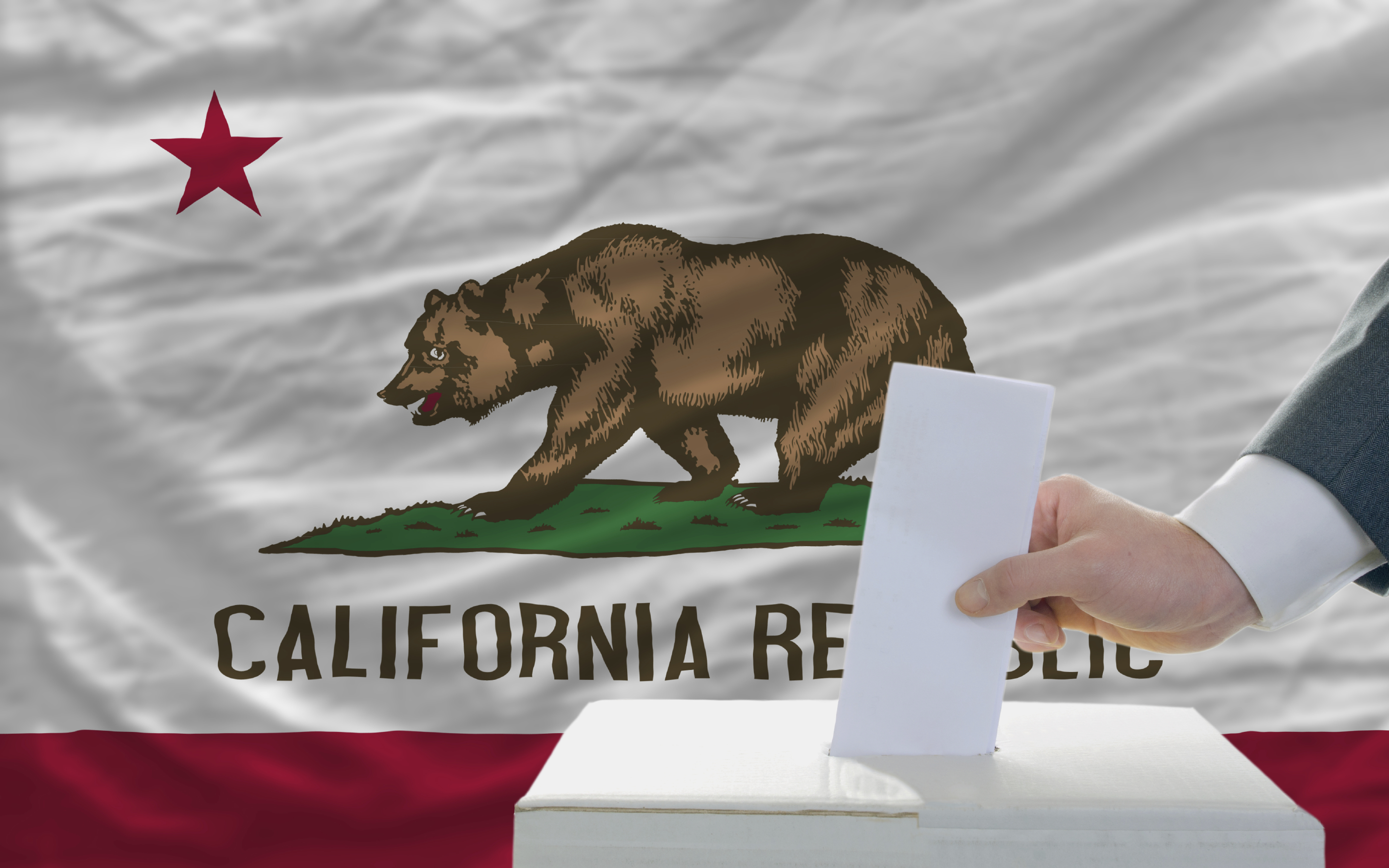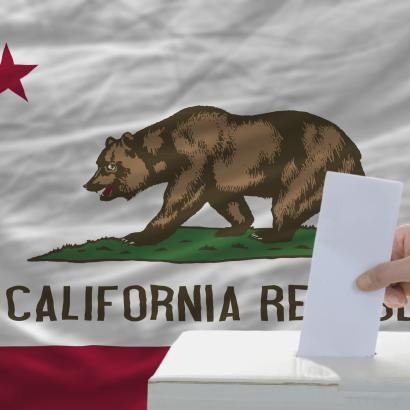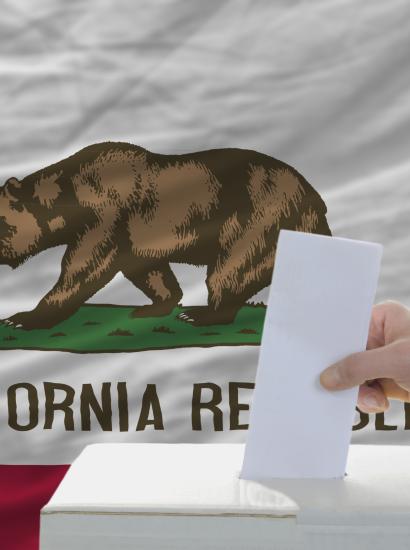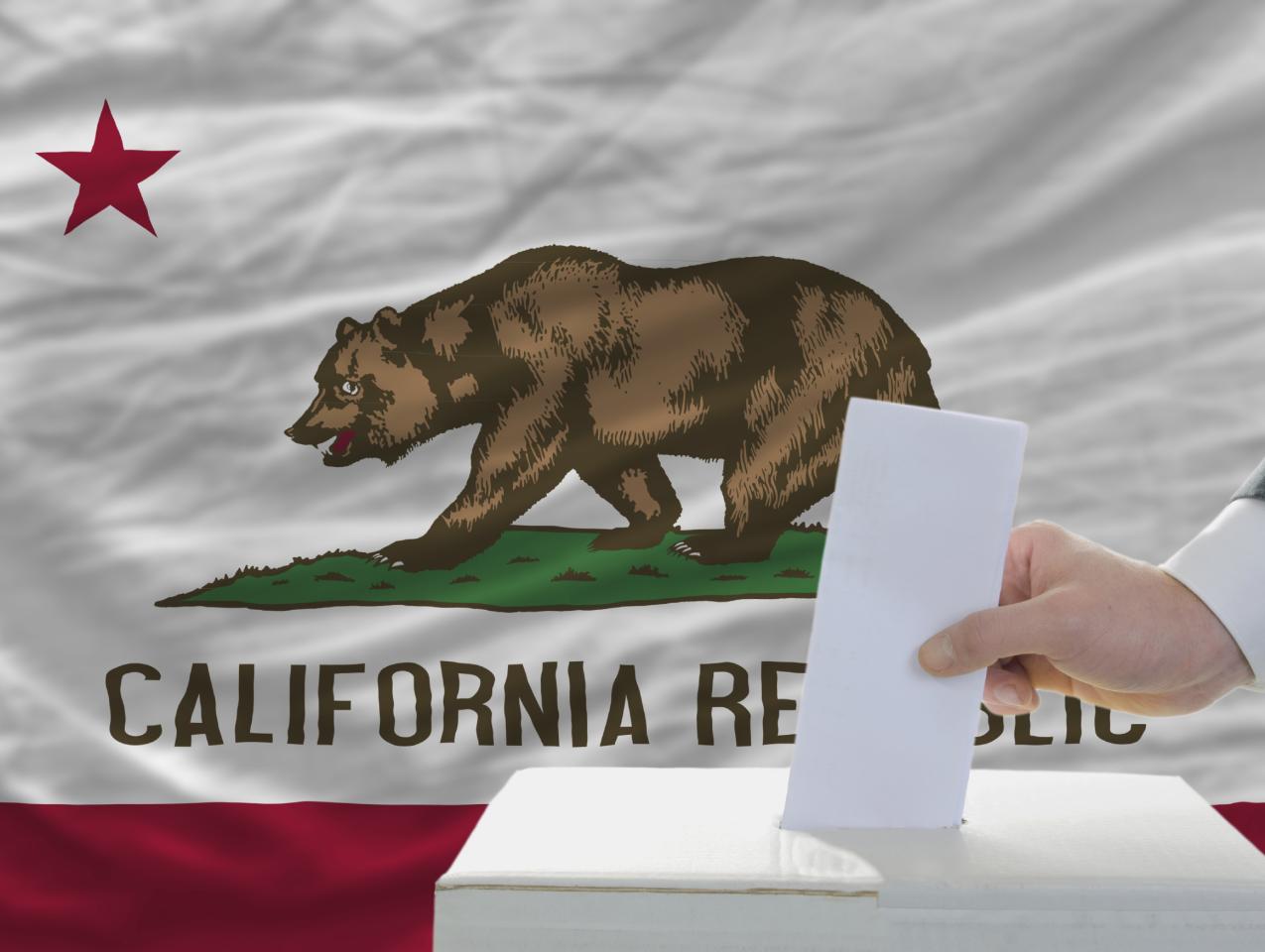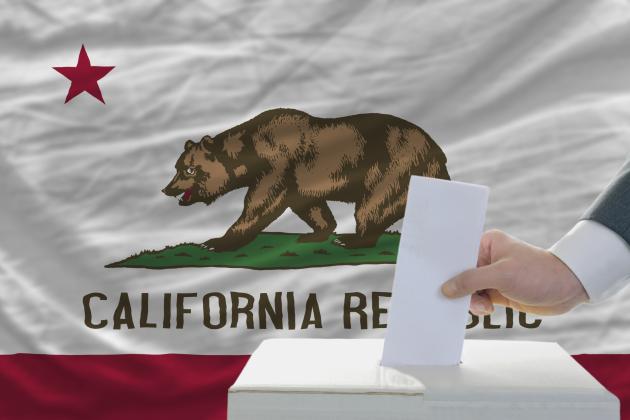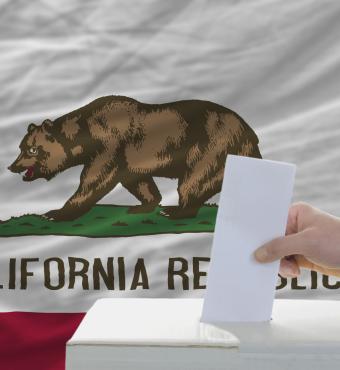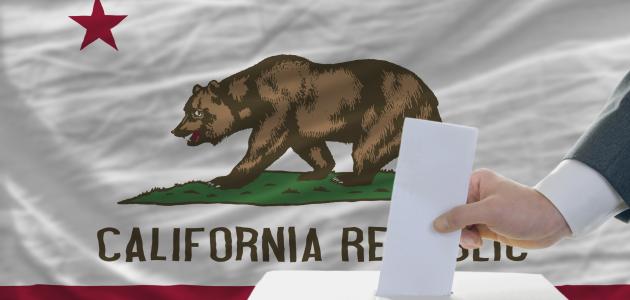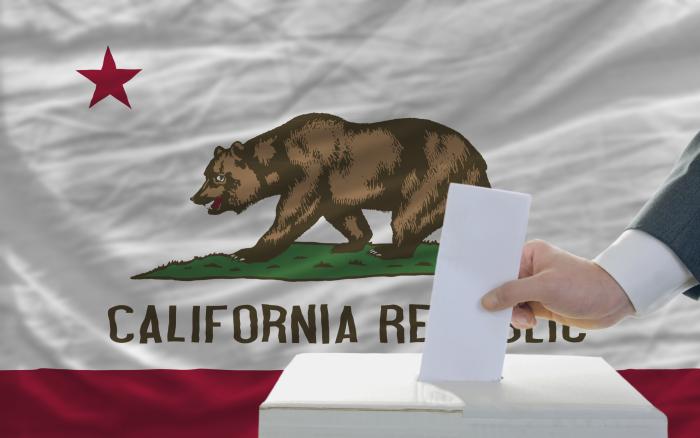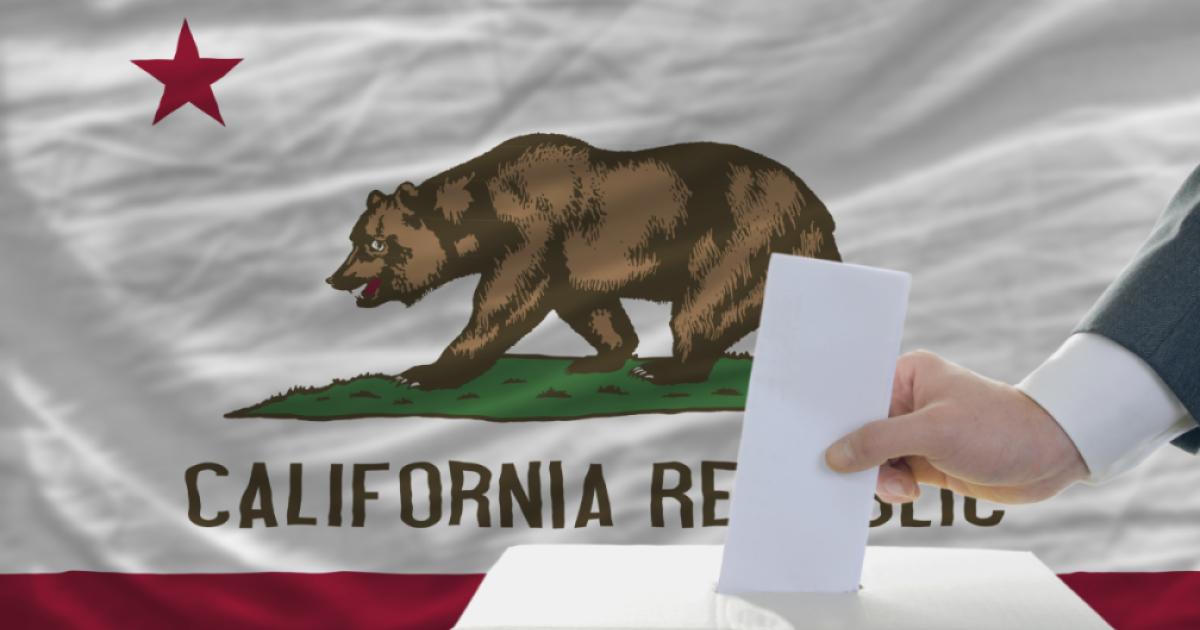- Economics
- US Labor Market
- Politics, Institutions, and Public Opinion
- Campaigns & Elections
- State & Local
- California
With only 60 days remaining until the election, now’s a good time to look at what lies ahead on the California ballot.
That begins with ignoring the race at the topic of the ticket.
President Trump will lose California, as has every Republican presidential nominee dating back to 1992 (the current streak of seven straight Democratic wins comes after six in a row by the GOP). Moreover, in the Golden State, Trump may lose in spectacular fashion. Trump’s 31.6% performance in California back in November 2016 was the worst for a Republican in a head-to-head matchup since Alf Landon received 31.7% in the Golden State 80 years prior.
How deep is the Trump California divide? He finished second to Hillary Clinton by just under 4.27 million votes statewide. Nationally, Trump lost 2016’s popular vote by just under 2.87 million votes. Take away the nearly 3.2 million votes that Clinton received in the counties of Los Angeles and San Diego and Trump still has a million-vote deficit to make up.
A better use of your time: studying this year’s slate of California statewide ballot measures. There are 12 in all, which is problematic (more on that in a moment). However, the slate keeps up the tradition of initiatives both coming to Sacramento’s financial rescue and offering a snapshot of the state’s values.
The measure to watch with regard to the state capital and its monetary resources: Proposition 15. It partially rewrites 1978’s Proposition 13—an anti-tax rebellion seen by some as a precursor to the 1980 Reagan landslide—by requiring commercial and industrial properties, with the exception of those lands zoned as commercial agriculture, to be taxed based on their current market value instead of their purchase price.
The financial impact? California’s Legislative Analyst’s Office claims the hike in annual property taxes could generate between $8 billion and $12.5 billion in additional revenue. Given the state’s financial straits (from March to May, California tax revenue was down 42% compared with the previous year), you can guess where majority, bill-writing Democratic lawmakers stand on Prop 15.
On the symbolic side, here are three California ballot measures to ponder.
First, Proposition 25 (it’s the last ballot initiative on a slate that begins with Proposition 14). If approved, it upholds a 2019 California law signed by then governor Jerry Brown that ended the use of money bail for detained suspects, instead allowing judges to decide whether the suspect presents a criminal flight (as it’s a vote on a law that did not go into effect once its opponents gathered enough signatures to put a referendum on the ballot, Prop 25 is what’s known as a “veto referendum”).
Why this measure matters: after a spring and summer dominated by talk of racial and social justice, along comes a ballot referendum that pivots around the question of who can afford to stay out of jail—and who gets stuck in jail—courtesy of the cash bail system.
Our second measure—Proposition 22— is not merely symbolic but also of vital importance to California’s “gig” economy.
Like Prop 25, this too addresses an existing California law, last year’s controversial AB 5, which extended employee classification status to workers engaged with the likes of Uber, Lyft, and DoorDash (my Hoover Institution colleague Lee Ohanian has taken considerable exception to the harmful effects of the law, which effectively eliminates independent contractor designations in California for all but a few protected occupations).
Why this matters: in addition to the impact of California adjusting to life without non-taxi ride hailing (last month, Lyft threatened to end its operations in California if forced to go along with the government dictate), it’s the rare example of a high-profile political fight waged by California’s business community—“rare” in that during Jerry Brown’s eight years in office the previous decade, corporate California rarely made waves, lest it risk incurring the wrath of a governor who could veto business-hostile legislation. At least one side is playing for keeps: last week, the Yes on Prop 22 campaign rolled out this ad touting the ballot measure. Rarely do initiative campaigns to hit the airwaves before Labor Day.
The third symbolic measure: Proposition 16, which would cancel out 1996’s Proposition 209 and reinstate affirmative action in California’s public university admissions.
Why this matters: nearly a quarter of a century ago, California was the vanguard of initiative fights concerning so-called political “wedge issues” (in Prop 209’s case, racial quotas; in 1994, Proposition 187 and the question of public benefits for undocumented Californians).
In 1996, Proposition 209 received 54.5% support statewide. Per exit polls, that included 59% of voters who didn’t align with either major party and 52% of voters who self-identified as “moderate.” In 2020, Proposition 16 will test whether that same middle holds—or if, reflecting election results in California since 1996, the middle has shifted considerably left.
I have one final thought about this year’s batch of California ballot measures. Yes, the blend of cash-for-government, accompanied by symbolism, is consistent with this being a presidential election year in the Golden State. In 2016, Californians approved Proposition 55 (extending higher income tax rates for upper-end earners), along with Propositions 63 (gun control) and 64 (legalizing recreational marijuana). In 2012, voters went with Proposition 30 (the prequel to Proposition 55) and Proposition 36 (modifying the state’s “Three Strikes” law for repeat offenders).
What’s also familiar—and this is a problem, as far as California democracy’s concerned: voters are asked to decide too much in one fell ballot swoop.
Almost a decade ago, in the first year of his second turn as California’s governor (he previously served 1975–83), Jerry Brown signed a law changing the rules for initiatives. Beginning in 2012, statewide initiatives and referendums were relegated to the November ballot (since 1960, initiatives could be placed on both California’s primary and general-election slates).
Though he’ll deny it, Brown’s act was steeped in partisan politics. As a rule, the higher the turnout in California, home to 4.67 million more registered Democrats than Republicans, the harder it is for conservative ideas to prevail and liberal ideas to be rejected. Thus a primary, not a general election, in theory should a friendlier milieu for a right-of-center ballot measure. But no more.
What California’s been left with, for nearly a decade now, is a November ballot that too often is an initiative information overload. This year’s California electorate has a dozen ballot measures to weigh; in 2018, a year in which Democrats won every statewide race against an enfeebled state GOP, it was 11. In 2016, California voters were asked to make sense of 17 ballot measures (12 were approved, five defeated). The November 2014 election in California included “just” eight ballot measures; in 2012, the total ran to 11.
To the argument that weighty matters don’t belong in California’s light-turnout primaries, maybe it’s time to ponder the opposite: we might spice up the primary ballot with some controversial initiatives that would boost turnout—especially in an age of pandemic, when the public’s confidence in its political leadership would seem a COVID-related casualty.
How to do that? By passing an initiative to reinstate primary initiatives and referendums—if there’s room on California ballot for one more measure.







